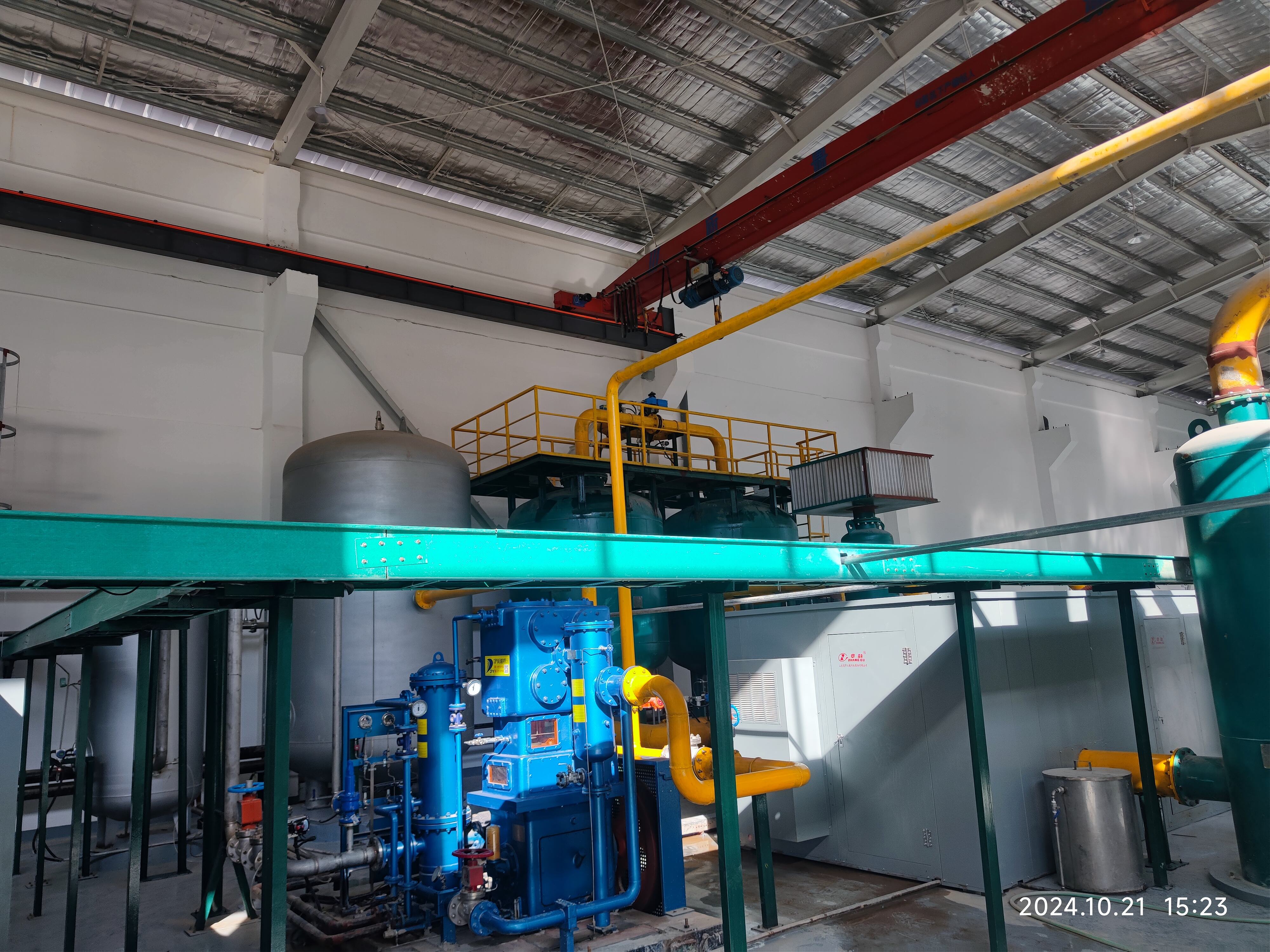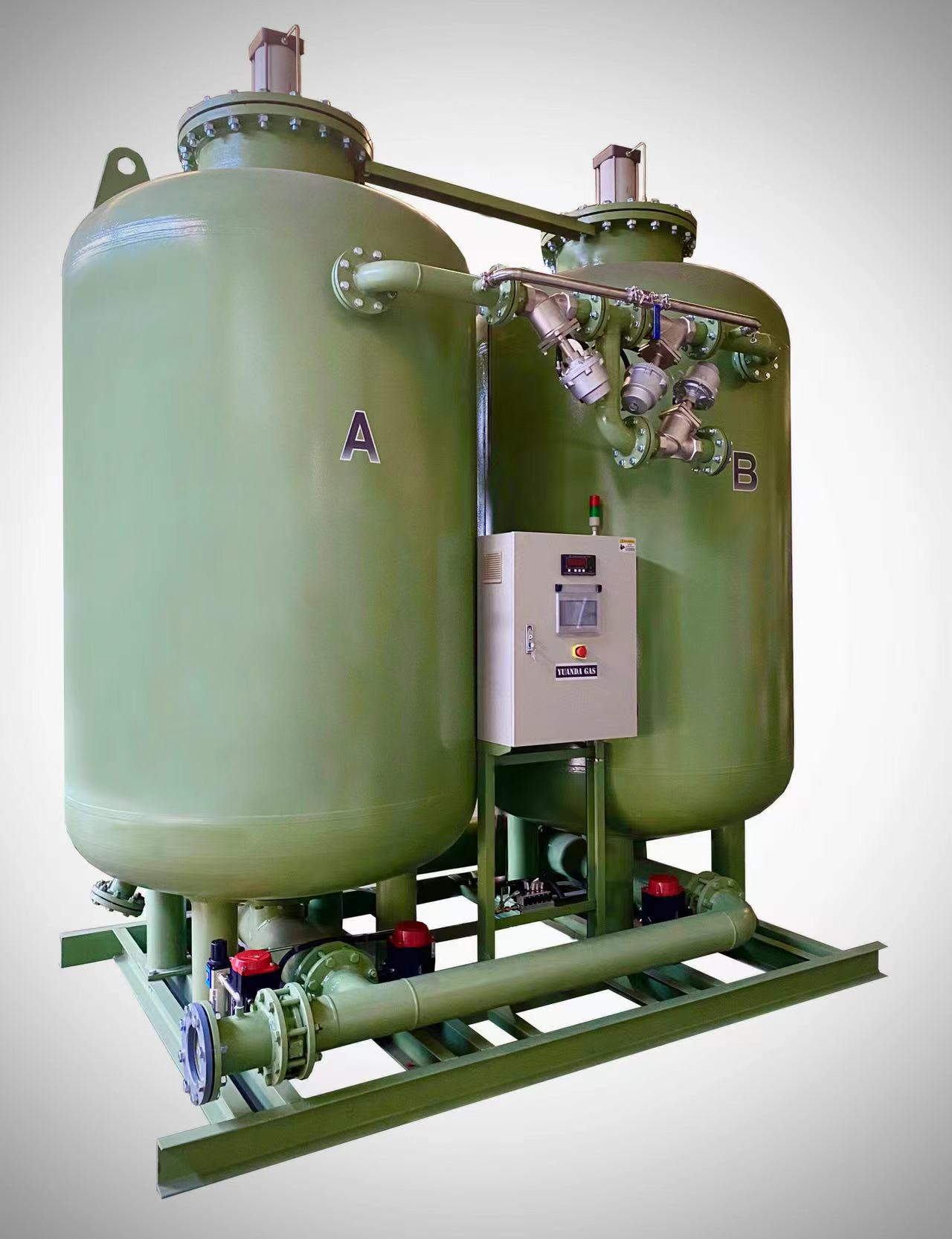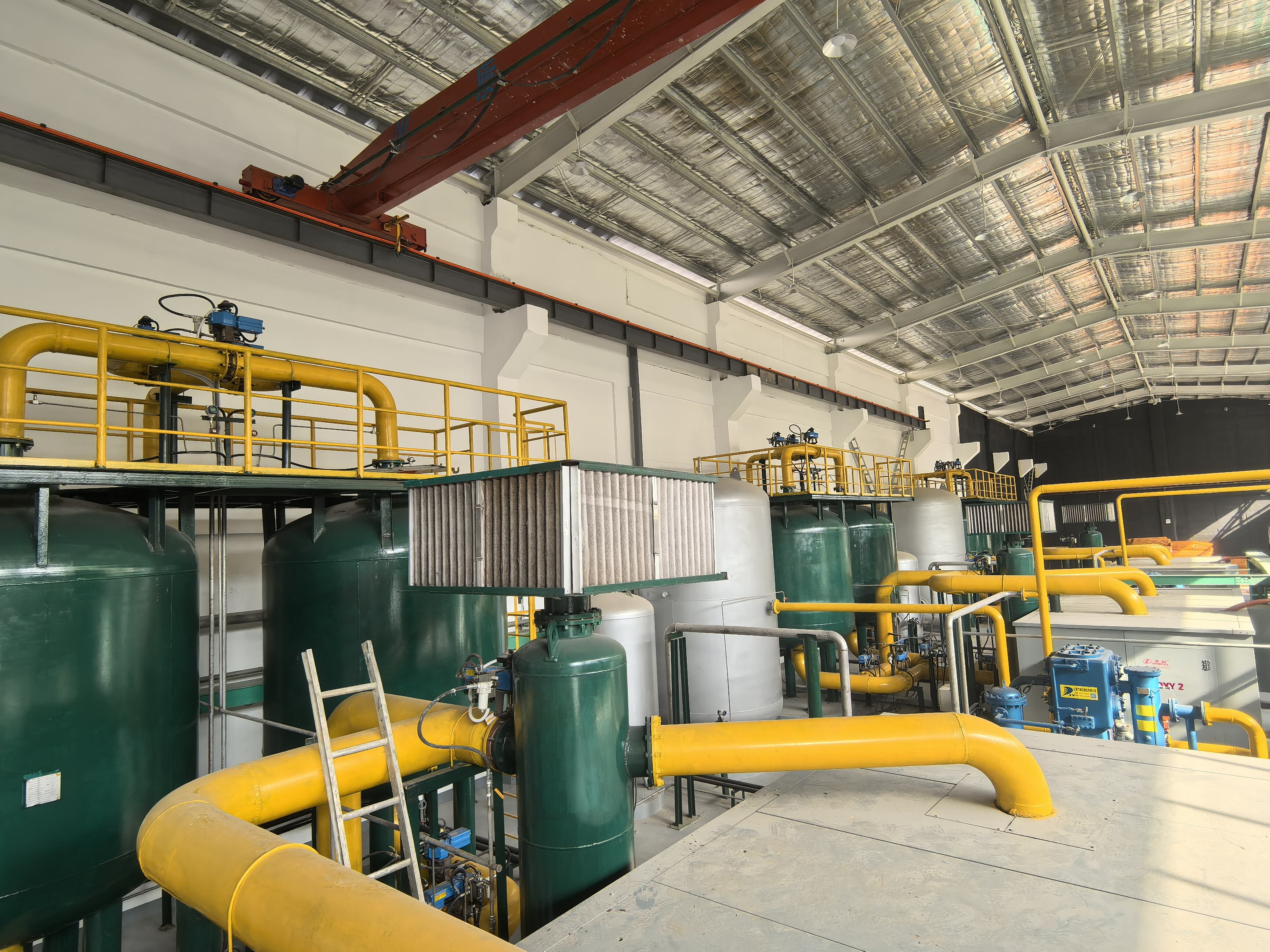large oxygen concentrator price
Large oxygen concentrators represent a significant investment in medical equipment, with prices varying based on capacity, features, and brand reputation. These essential devices, typically ranging from $2,000 to $15,000, are designed to provide continuous oxygen therapy for medical facilities, industrial applications, and home care settings requiring high-volume oxygen production. The price point reflects sophisticated technology incorporating pressure swing adsorption (PSA) systems, capable of delivering up to 20 liters per minute of oxygen at concentrations of 93% ± 3%. Modern units feature advanced monitoring systems, including oxygen purity sensors, pressure indicators, and maintenance alerts. Higher-end models often include backup battery systems, remote monitoring capabilities, and smart technology integration. The price structure also accounts for durability components such as industrial-grade compressors, molecular sieve beds, and robust filtration systems designed for 24/7 operation. Additional factors influencing price include energy efficiency ratings, noise reduction technology, and warranty coverage. These concentrators typically serve multiple patients simultaneously in clinical settings or provide oxygen for industrial processes requiring consistent, high-purity oxygen supply.


